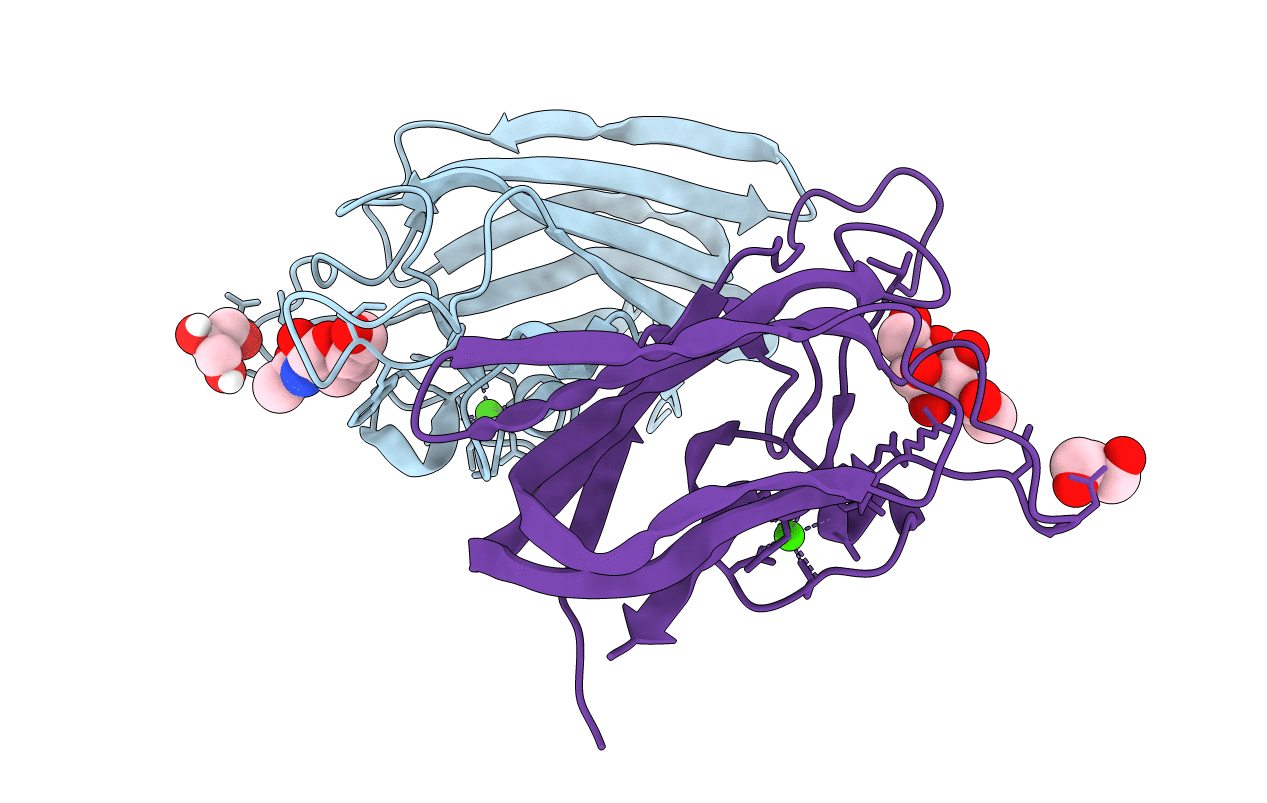
Deposition Date
2014-08-11
Release Date
2015-10-07
Last Version Date
2023-12-27
Entry Detail
Biological Source:
Source Organism:
Clostridium perfringens (Taxon ID: 195103)
Host Organism:
Method Details:
Experimental Method:
Resolution:
2.00 Å
R-Value Free:
0.19
R-Value Work:
0.14
R-Value Observed:
0.14
Space Group:
P 2 21 21


